Satellite Tracking
Satellite tracking is beneficial for research purposes including the migration of sea turtles, their foraging behavior and much more. You can learn about some of the sea turtles Clearwater Marine Aquarium has released with a satellite tag and view their tracking maps below.
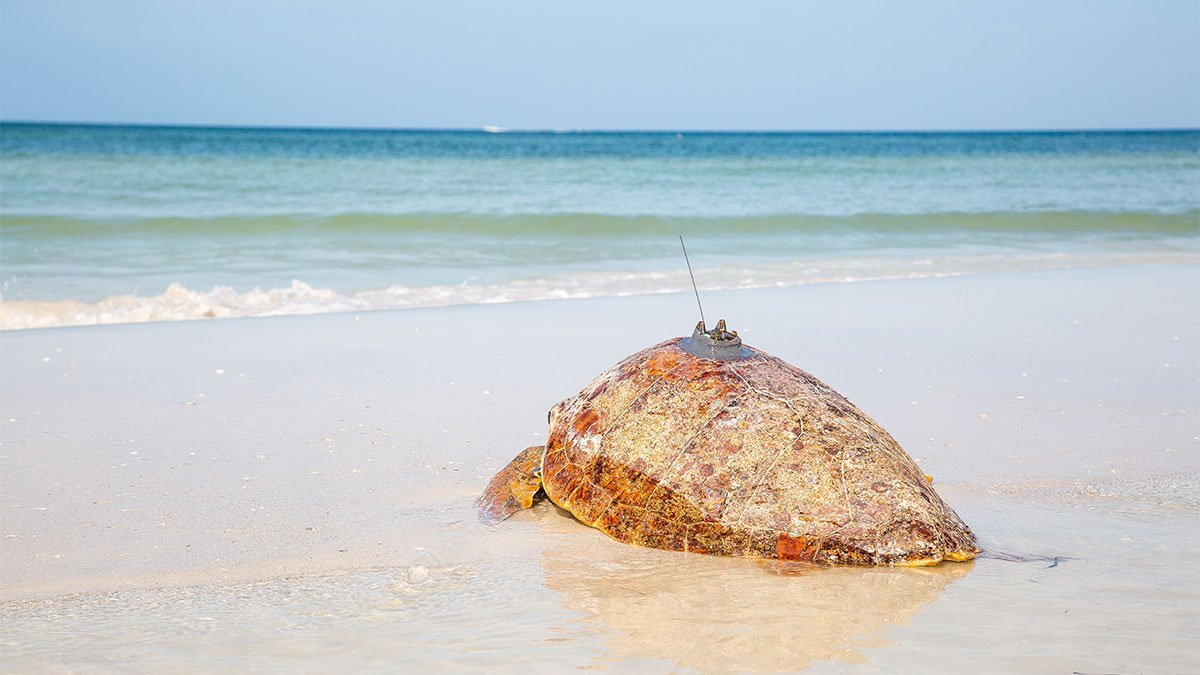
Kirby is the most recent sea turtle rehabilitated at Clearwater Marine Aquarium to be released with a satellite tag. Bowser was the fourth fitted with a tag in 2018. Xeno was the third sea turtle at CMA that was released with a satellite tag, in 2016. Kreacher was our second released with a sat tag earlier in 2016, and our first satellite tracking tag was done on a loggerhead sea turtle named Ozzy in September 2015.
Kirby’s Satellite Track
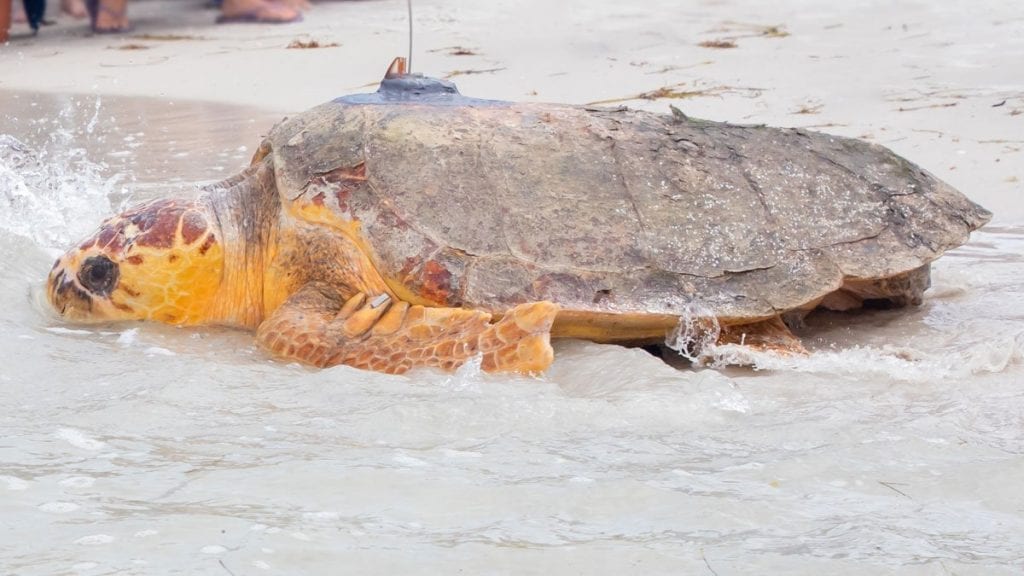
Kirby is a loggerhead sea turtle who arrived on January 29, 2019. The adult loggerhead was found floating inshore near Indian Rocks Beach. Kirby was deemed ready for release by the CMA Vet Team and the Florida Fish and Wildlife Conservation Commission. He was successfully released on May 14 at Clearwater Beach. See how far Kirby has gone on the map below!
Please note: Sea turtle tracker positions that appear on shore may be inaccurate due to proximity to land. These nearshore positions will be updated and corrected.
Bowser’s Satellite Track
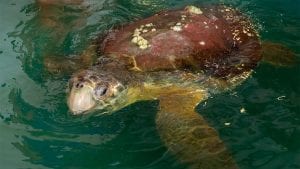
Bowser is a loggerhead sea turtle who arrived on June 13, 2018. The adult loggerhead was found floating and swimming sideways near St. John’s Sound off of the Pinellas County coast. After extensive treatment for gastrointestinal issues, Bowser was deemed ready for release by the CMA Vet Team and the Florida Fish and Wildlife Conservation Commission. See how far Bowser has gone on the map below!
Xeno’s Satellite Track
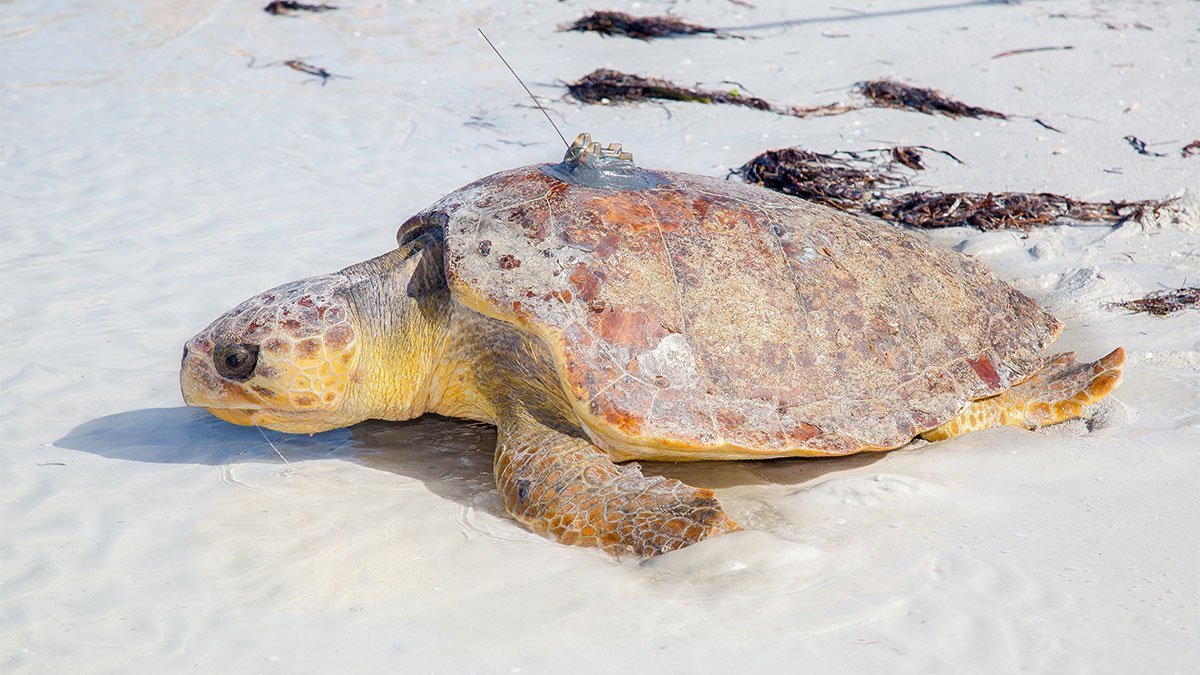
Xeno is a sub-adult loggerhead that was taken in on September 17. She was found about 15 miles offshore, floating and unable to dive. She had some fluid in her body causing puffiness and moderate epibiota (organism growth such as bivalves or algae) on her carapace or shell. X-rays showed an extensive amount of shell-like material was found in her GI tract. After a series of treatment including antibiotics and vitamins, she was cleared for release!
Kreacher’s Satellite Track
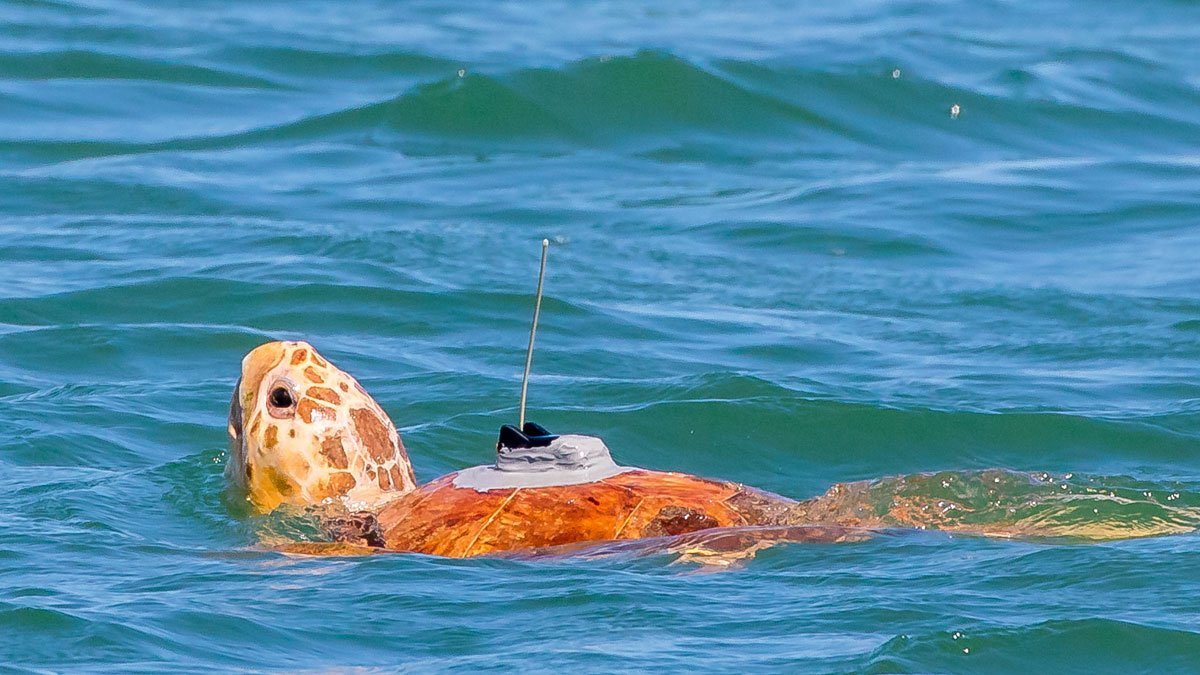
Found near the Sandpearl Resort on May 8, 2016, Kreacher was discovered floating and distressed with moderate edema. Results of a CT scan revealed shells in her esophagus and gastro-intestinal track, causing her buoyancy complication and discomfort. She received TPN (total parenteral nutrition) treatments and a regular diet of squid and shrimp to help regulate her digestive system. With a clean bill of health, Kreacher was ready to return home to the wild. Kreacher was released on Clearwater Beach on June 21, 2016. Track her on the map below.
Kreacher Update 7/25/2016:
According to Dan Evans with the Sea Turtle Conservancy, Kreacher seems to have found a feeding ground, which could explain why she has been hanging around one particular area. “The continental shelf off the Gulf coast of Florida has many areas of hard-bottom reef and other habitats that are great places for loggerheads to find food,” said Evans.
Ozzy’s Satellite Track
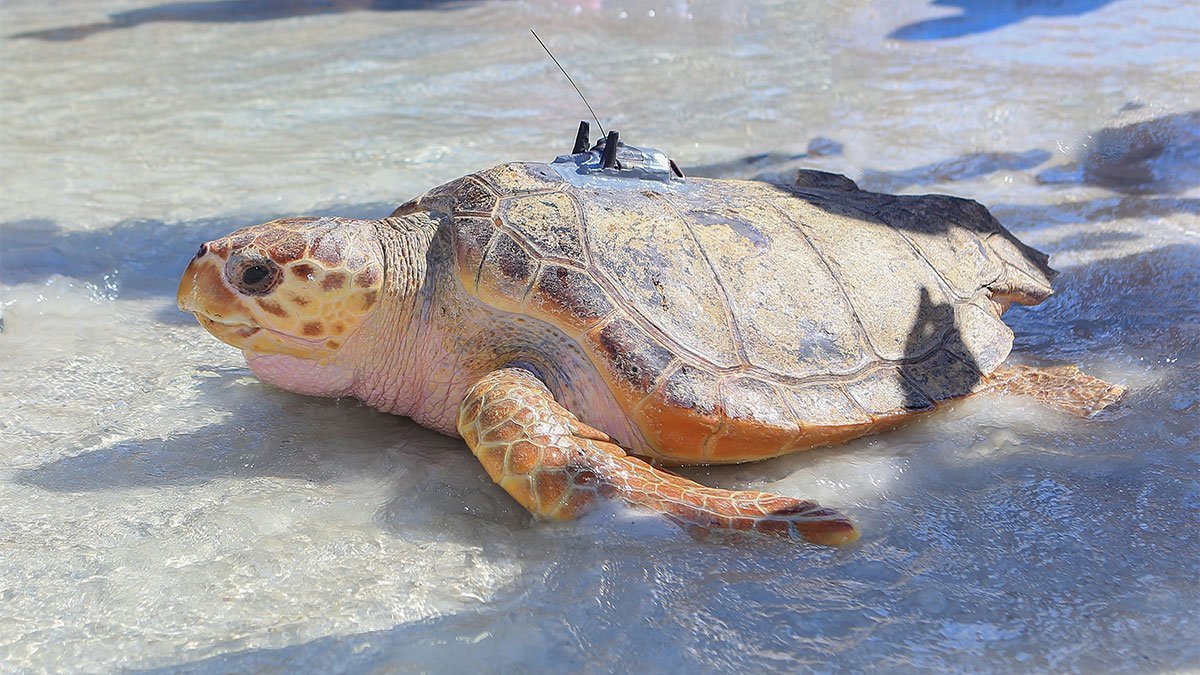
Ozzy was our first sea turtle released with a satellite tag. The last day we have her tracked is on January 22 off the coast of North Carolina. We believe that Ozzy’s tag has either fallen off or has become biofouled. Biofouling is the growth of organisms, algae and barnacles on a wet surface. Four months is the average lifespan of a tracker, so we were pleased with the results we received from Ozzy’s journey. We appreciate all of the support we received and thank you for tracking Ozzy’s journey with us!
Learn more about the importance of satellite tracking through our partners at Sea Turtle Conservancy.
All marine turtle footage taken in Florida was obtained with the approval of the U.S. Fish and Wildlife Service and the Florida Fish and Wildlife Conservation Commission (FWC) under conditions not harmful to marine turtles. Footage was acquired while conducting authorized conservation activities pursuant to FWC MTP-18-172.